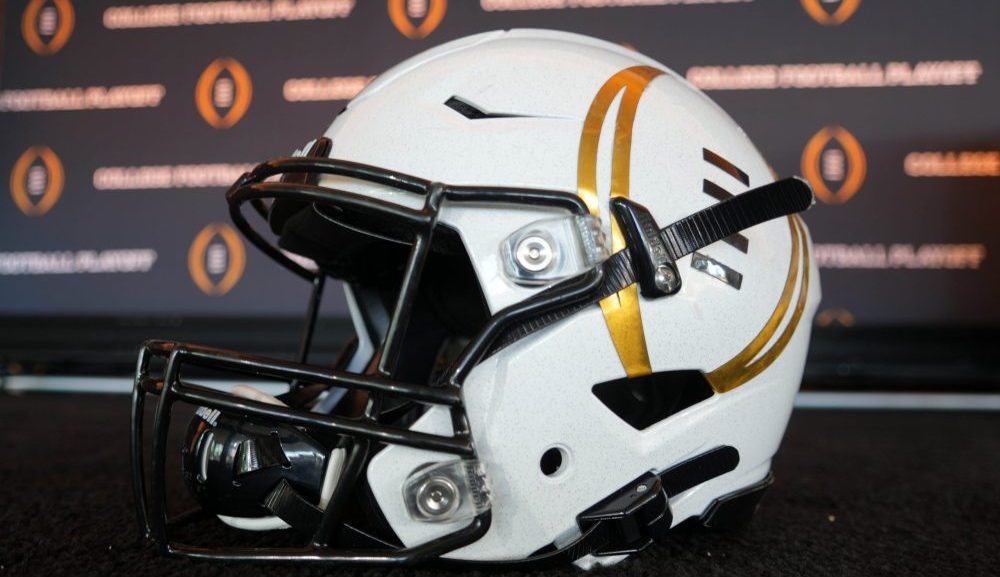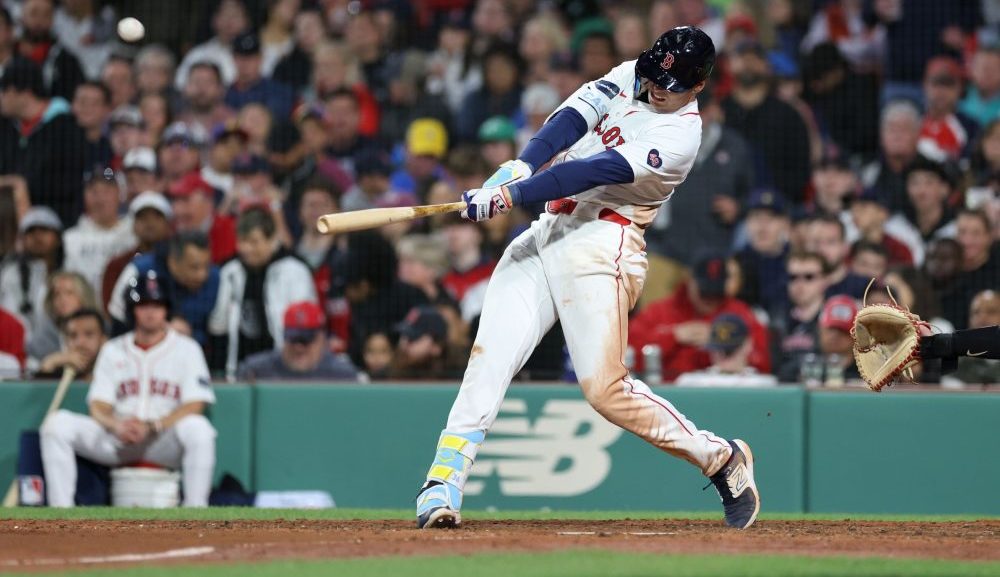At its best, sports broadcast technology add something to an event that you’ve either never seen before or information that you couldn’t glean while attending an event live. Many recent innovations to broadcasts deal with cameras, such as putting them on drones, in pylons, or suspending them above the playing field. Those allow us to see angles and replays not visible during live action or conventional views of the play.
But what about technology that conveys how well an athlete is performing beyond the obvious, or the impact of collision and potential injury? In baseball, radar guns clock the velocity of a pitch. Similar technologies measure the velocity of a slap shot in hockey or serve in tennis. Those features absolutely add to our knowledge of what’s happening on the field.
Boxing has benefited from some technology, such as CompuBox that counts punches landed and missed along with jabs and power punches that connect or miss. However, HBO has patented a new technology that could allow viewers to learn just how hard a boxer’s punch has been thrown. Consequently, we might also see the force with which an opponent was hit.
This is how the feature works, according to VentureBeat:
“The patent describes a system where accelerometer and gyroscope sensors are embedded in the front of a boxing glove. A database containing motion profiles of various kinds of punches recognizes and identifies data from the sensors. The sensors can also track the starting time of a punch and the speed of a punch, among other things.”
Similar technology is being employed by the NFL, with sensor pads tracking where players are, along with how far and fast they are moving on the field.
The punch force information would be available for analysts and viewers during a broadcast, conveying how powerfully a boxer is punching as well as the damage possibly be sustained by an opponent. In addition to speed, everyone would get to see the distance a particular punch travels, the force with which it’s thrown or lands, and the duration of the impact on an opponent. Replays, especially those in super-slow motion, have conveyed those concepts before, but this would be hard data that can be measured.
As VentureBeat’s Mark Sullivan notes, such data could also be potentially embarrassing or incriminating for a fighter. Like what if the punch wasn’t actually that hard by certain standards, yet still forced an opponent to the canvas? While that might indicate that a boxer was on the verge of being beaten, perhaps it could also indicate that the fighter went down too easily.








Comments are closed.